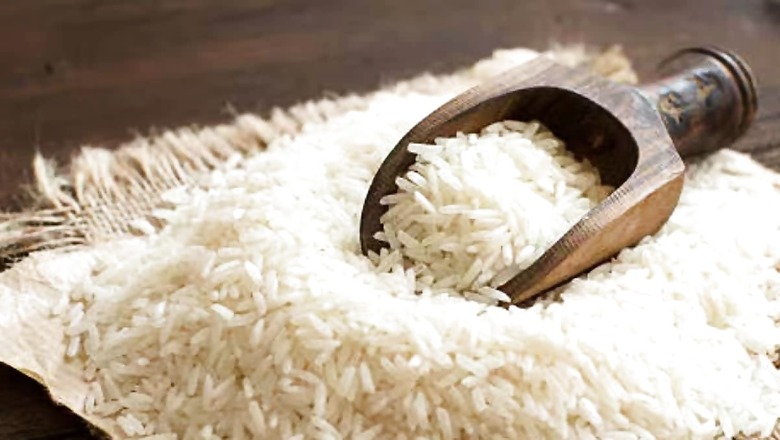
views
Rice, a staple food for billions worldwide, is more than just a grain. It’s a symbol of sustenance, culture, and culinary diversity. In almost every corner of Asia, the dominance of rice over other grains explains its importance in the Asian market. From the fragrant basmati of India to the sticky rice of Thailand, rice has played a pivotal role in defining cuisines. With its neutral flavour and ability to absorb flavours, rice has also been a versatile ingredient that can be enjoyed in countless dishes, from simple fried rice or idli and dosa batter to rice-based sweets like payesh or elaborate sushi.
But have you ever wondered if rice is healthy, if it is okay to eat rice more than once a day, or what should be the ideal amount of rice a human should consume?
Although white rice is processed, it is enriched with added nutrients. The low fibre content in rice may help with digestive issues. When an individual doesn’t consume rice for a month, there is a chance of weight loss due to the lack of calories in the body. Moreover, the level of sugar in the blood will also be under control because carbohydrates are not consumed.
Shedding light on the same, Dr Manjari Chandra Consultant, Dietetics, Max Hospital Gurugra said, “As long as rice is consumed in moderation as part of a balanced diet, most people are thought to be safe when eating it more than once a day. But you should also think about the kind of rice you eat, how much you eat, and how well your meals are balanced nutritionally. Eating rice several times a day might not be the best option for those attempting to control their weight or for those with specific health issues like diabetes.”
Types of Rice and Their Benefits
Many people eat rice regularly — thanks to its adaptability, accessibility, and affordability. But do you know India boasts a range of rice varieties, each having its benefits? So, let’s have a look at the types of rice and which is healthier.
Basmati Rice
With a low glycaemic index, this rice is the best option for people with diabetes. It is packed with iron, calcium, fibre and vitamin B1. The aromatic smell makes it a versatile option for several dishes across the country.
Brown Rice
Rich in fibre, brown rice aids digestion and enhances gut health. It also boasts several essential nutrients such as iron, magnesium and zinc, helping to maintain steady blood sugar levels.
Black Rice
This rice is packed with antioxidants, especially anthocyanins, which prevent the risk of diabetes, cancer, obesity, and cardiac diseases.
Red Rice
The fibre content in red rice helps in your weight loss journey. Due to the high calcium and magnesium content, the rice supports bone health and reduces the risk of osteoporosis.
Wild Rice
Instead of white rice, try adding wild rice to your diet as it contains more antioxidant properties, including vitamins A, C, and E which help in improving overall body health.




















Comments
0 comment